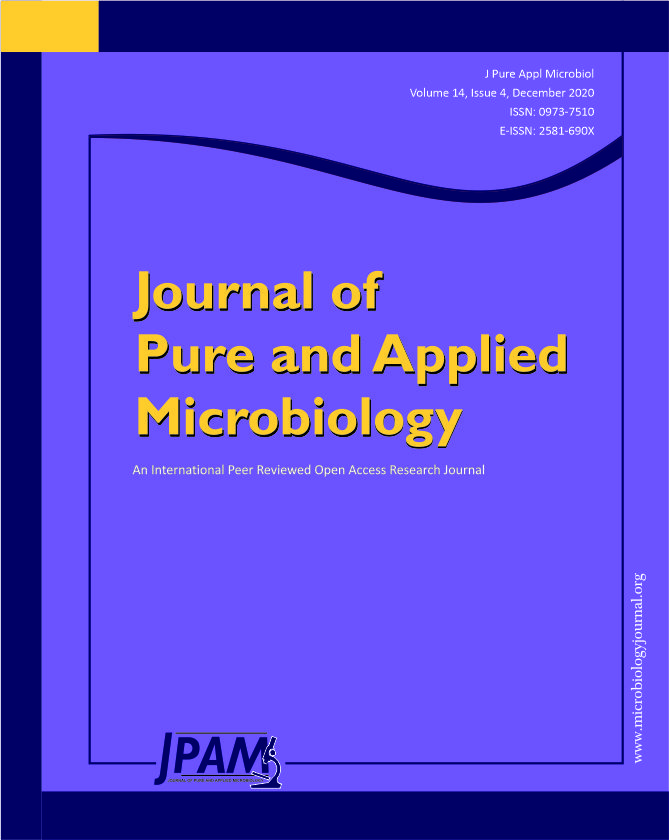Food and water contaminations with heavy metals have been increasing due to the environmental pollution. Decontamination of mercury as one of the most toxic heavy metals seems necessary. The aim of this study is to use L. acidophilus ATCC 4356 to reduce the mercury amount in milk. All possible process variables (including contact time, bacterial count, mercury concentration, temperature, contact time and shaking rate) were screening by Plackett Burman design for determination of main effects. Then main effects (contact time, as well as Hg and biomass concentration) were studied in 5 levels with response surface methodology to reach maximal bioremoval efficiency. The highest decontamination efficiency (72%) was achieved in the presence of 80 μg/L of initial Hg concentration, 1 × 1012 CFU of L. acidophilus ATCC 4356 in the 4th day. Finally, the capacity of this bacterium for Mercury bioremoval was determined at different Hg initial concentrations by using the isotherm models of Langmuir and Freundlich. The results showed the higher correlation coefficient in Langmuir model so, Mercury absorptions obey Langmuir isotherm model. This study indicated that in the case of milk contamination to Hg, as reported in some countries, one of the solutions for metal decontamination could be the bioremoval by lactobacillus as natural valuable biosorbents as an environmental friendly technology.
Lactobacillus acidophilus, Mercury, Biosorbent, Removal, Milk, Isotherm
© The Author(s) 2020. Open Access. This article is distributed under the terms of the Creative Commons Attribution 4.0 International License which permits unrestricted use, sharing, distribution, and reproduction in any medium, provided you give appropriate credit to the original author(s) and the source, provide a link to the Creative Commons license, and indicate if changes were made.


